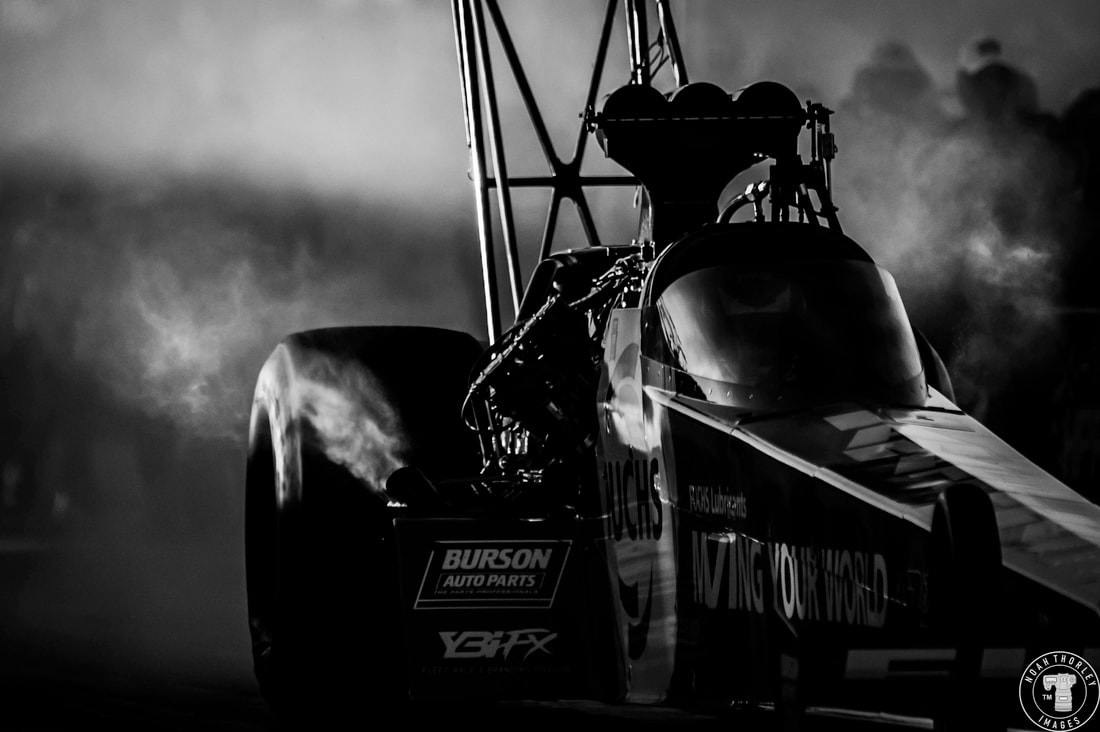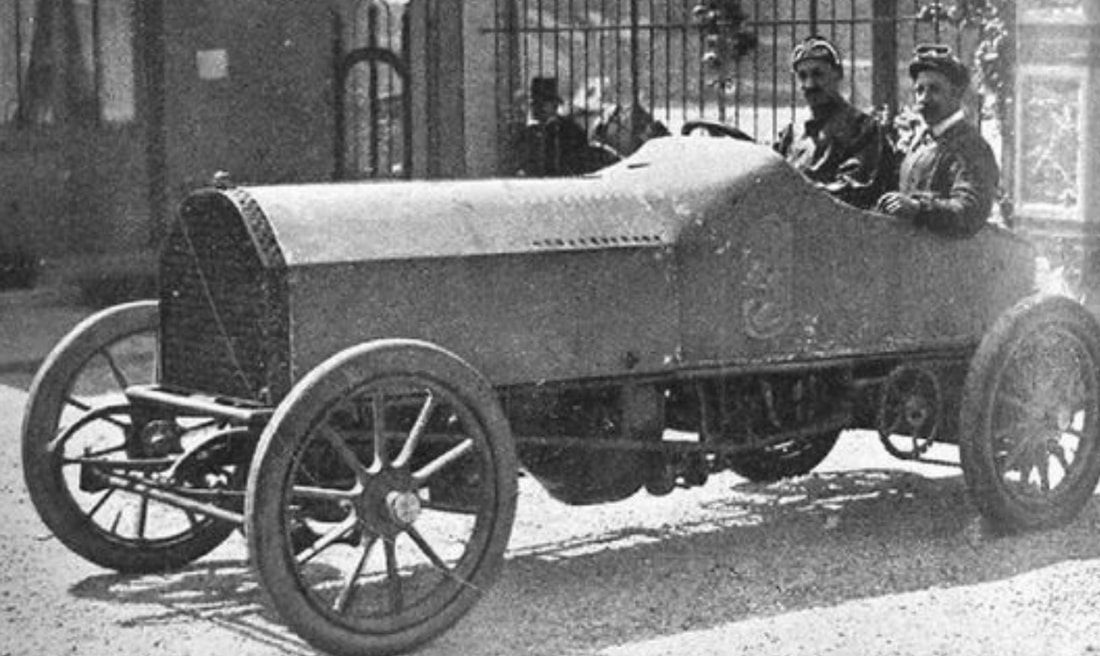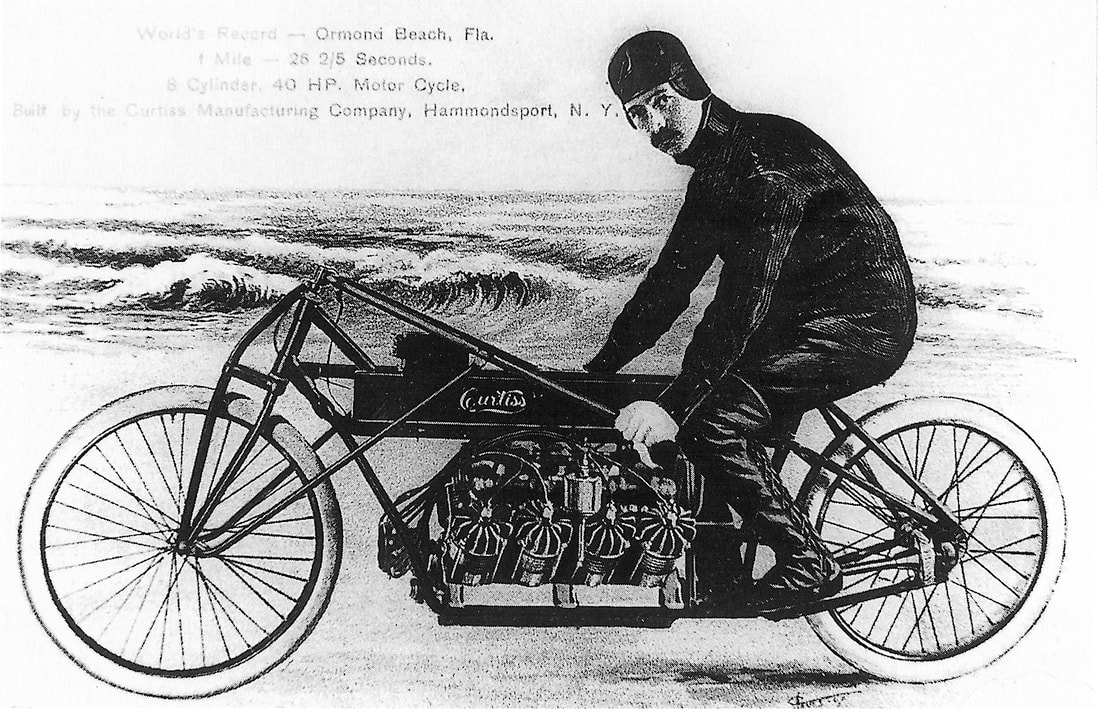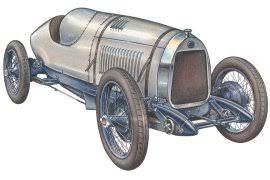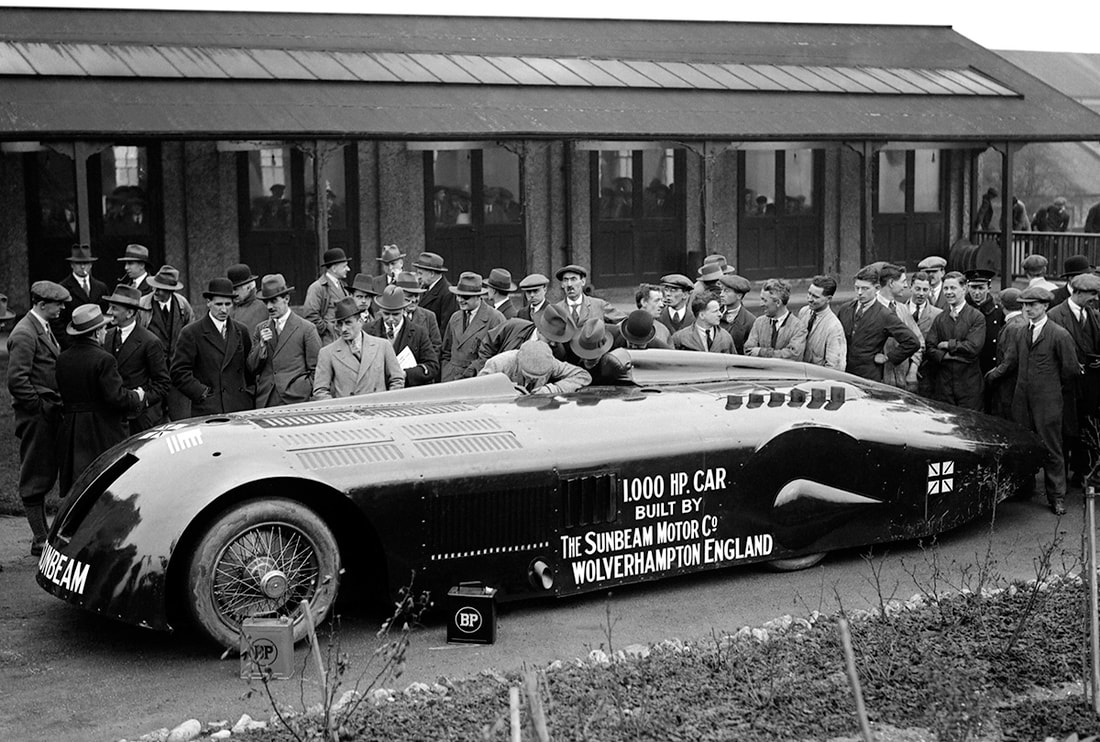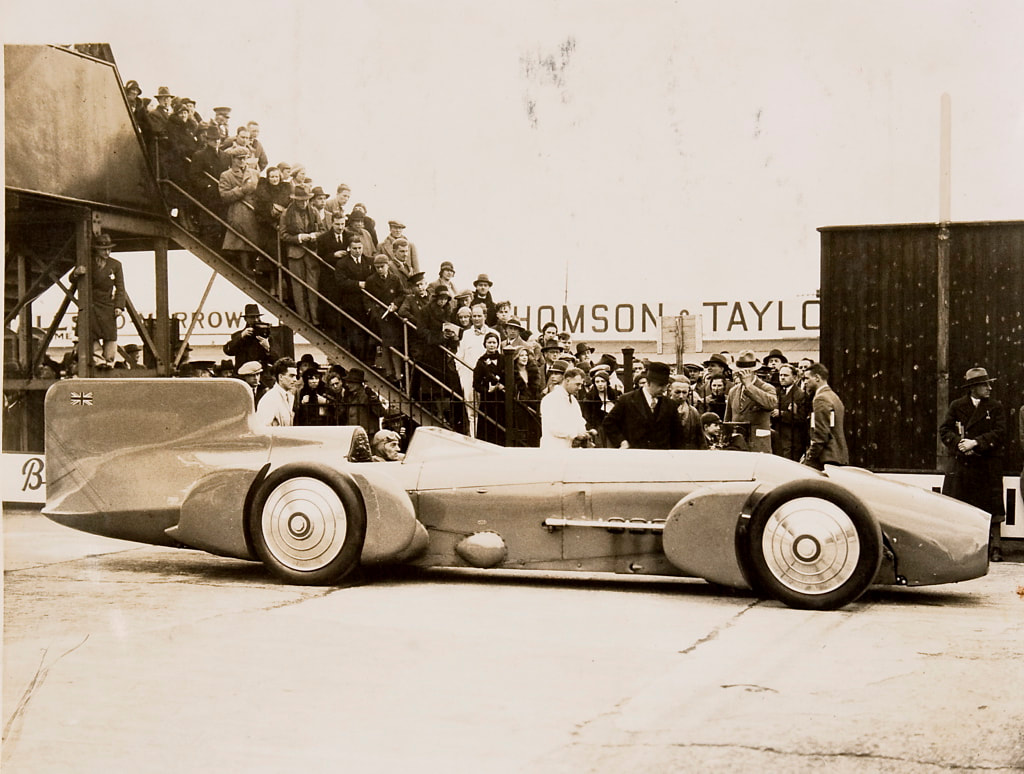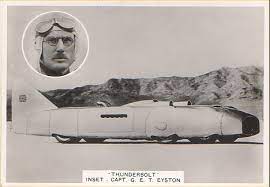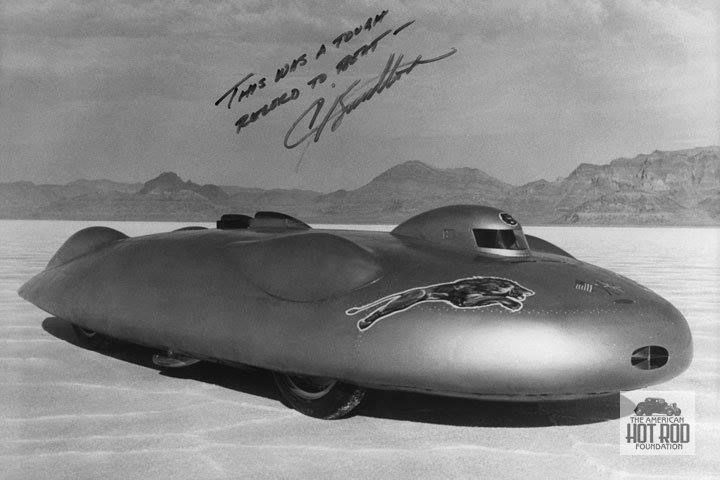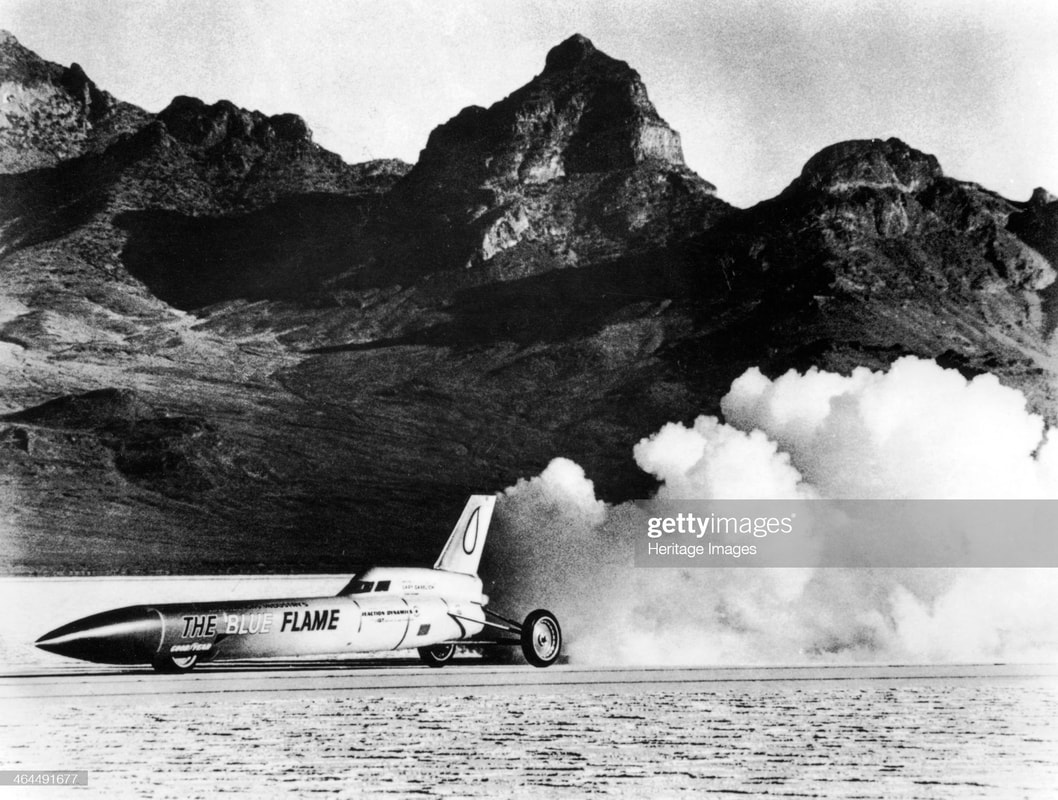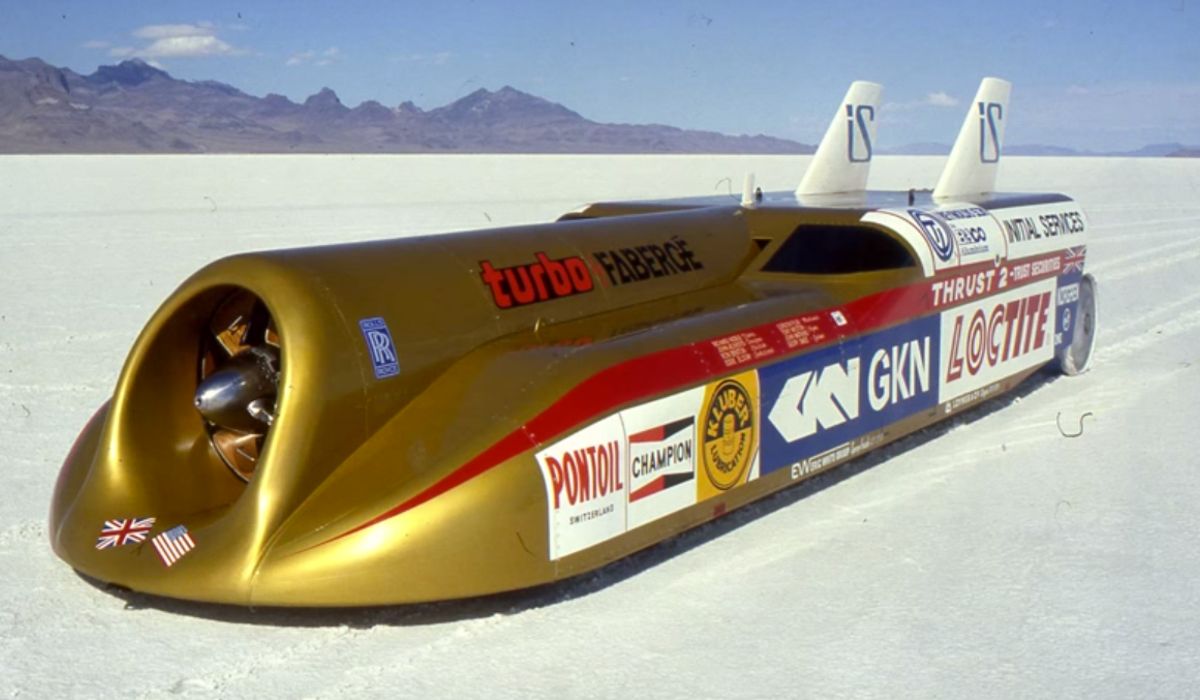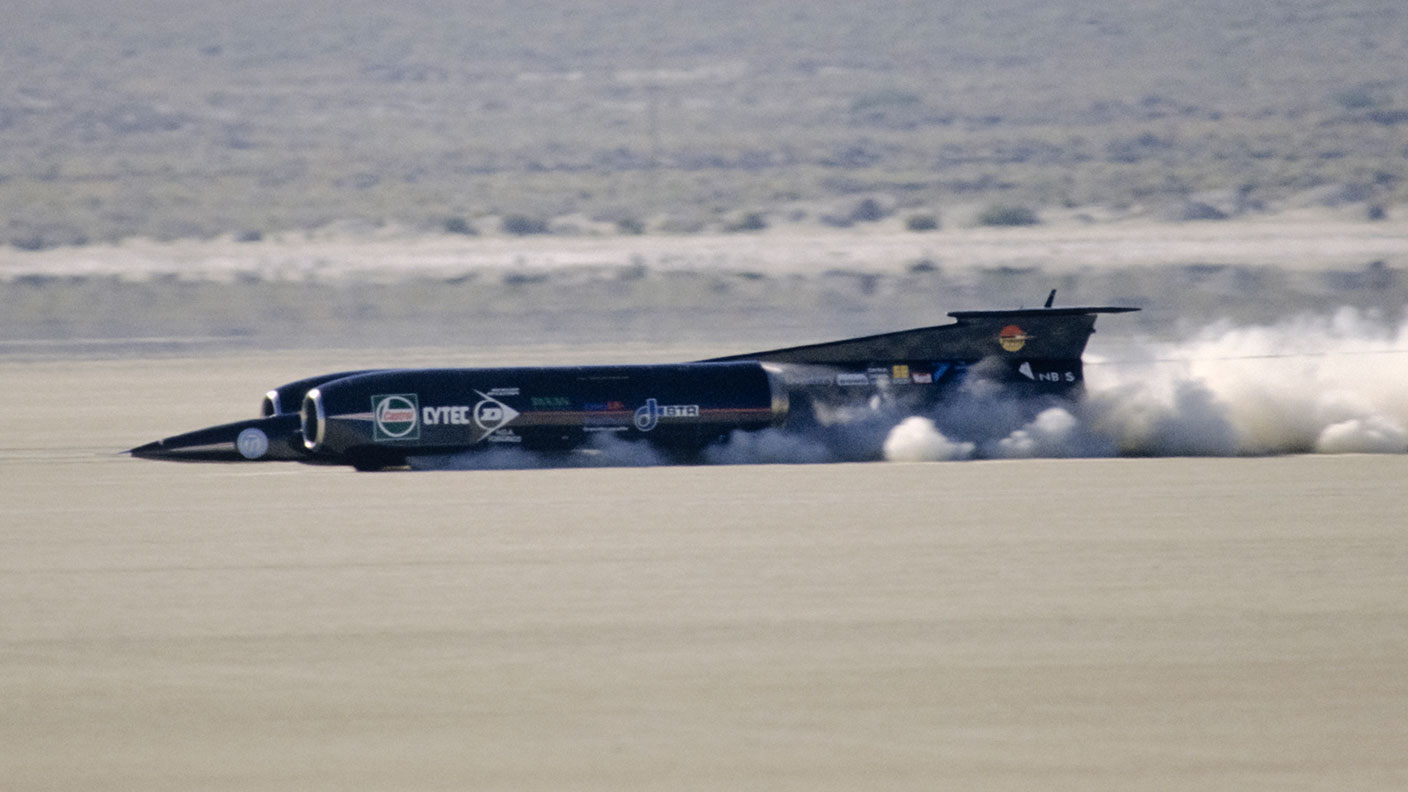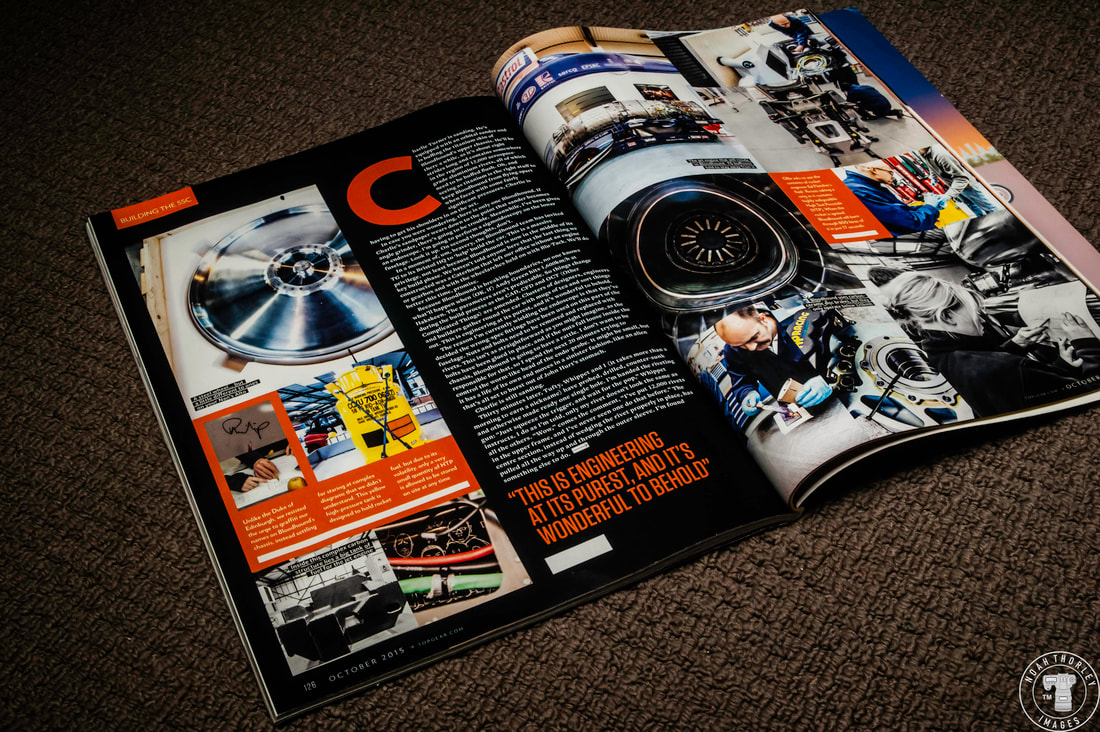|
Speed. We have obsessed over it since the dawn of time. The cavemen and our early ancestors would rely on running quickly to escape predators and hunt down prey. The average human can run approximately at a speed of 13km/hr. The earliest signs of humans going faster is 5,500 years ago, when we began to ride horses, oxen, and camels. The horse would be a preferred mode of transport for centuries, and could reach speeds of 48km/hr, whilst stronger horses like Thoroughbreds and the Quarter Horse can gallop their way to 70km/hr. Humankind had domesticated a beast that would assist us for centuries in travelling, exploring, trading and warfare, and are still used today. Even through the industrial revolution, and with the invention of steam trains, motorbikes and bicycles, the horse would still be the fastest way we could travel. That changed however during the years of 1897 and 1903. The Royal Prussian Military Railway began doing high speed tests with electric trains. These experimental trains would reach 160km/hr, leaving the horse in its dust. The Gobron Brillié Gordon Bennett race car would become the fastest land vehicle as it reached 166km/hr just a year later. Our obsession for speed and the automobile would explode in the coming decades. I’m not going to go through each record breaker, as there have been quite a lot in our pursuit for pure speed, but I’ll cover the major records. In addition, here is a video showing the machines that would take us to new velocities. The next milestone would be Fred Marchriott in the Stanley Steamer, that would reach 195.65km/hr in 1906. Two wheels would have its moment in the sun almost exactly a year later, pushing the bar to 219.31km/hr with Glenn Curtis on his Curtiss V8 motorcycle. By the 1920s and 1930s, people had begun to realise that the car was here to stay, and the land speed record would rise and rise. The next record to be officially recognised would be Rene Thomas in 1924, reaching 230.64km/hr in the Delage La Torpille (above). Only two years later, J.G. Perry Thomas would pass the 250km/hr mark in the Highman-Thomas Special Babs, with a top speed 272.45km/hr. The 300km/hr mark would be surpassed only 11 months later when Henry Seagrave reached 327.97km/hr in the Sunbeam ‘Slug’. Malcolm Campbell would be the man to beat in the coming years, claiming the speed record multiple times. In 1935 at Bonneville, he would reach 484.20km/hr in his Campbell Rolls Royce Railton Blue Bird. George E.T. Eyston would carry the torch, being the first to break the 500 and 550km/hr marks in ‘Thunderbolt’. The last internal combustion powered car to hold the land speed record would be the Railton ‘Mobil’ Special (above), driven by Joe Cobbs to 634.39km/hr. From then on, jet power would be the name of the game. The Railton ‘Mobil’ Special would officially hold the record from 1947 to 1964, when during the month of October at the Bonneville Salt Flats, land speed would reach new heights thanks to jet propulsion. Art Arfons in ‘The Green Monster’ would reach an unthinkable 875.6km/hr. A year later, on the infamous salt, Craig Breedlove would return and officially break the record by almost 100km/hr. Strapped into the Sonic 1 – Spirit of America, he would be sent to 966.96km/hr. 5 years later in 1970, Gary Gabelich in Blue Flame would break into the 4 digits, with a speed of 1014.52km/hr. The record would be pipped in 1983 in the Black Rock Desert, as Richard Noble and his British based team would reach 1019.47 with the infamous Thrust2. The Thrust2 would be the framework for Noble’s next record breaker, the Thrust SSC, driven by Andy Green. On October 15 in 1997, the Thrust SSC team would make two runs at the Black Rock Desert in Nevada. Green would begin slowly to avoid sucking the earth into the turbofans. At 80mph (128km/hr) Green would put his foot down. As he ripped through the desert and as his speed ascended, the car would begin to fishtail, and Green would gently counter steer to keep it straight. After two runs to make it official, the Thrust SSC would reach 1227.99km/hr, breaking the sound barrier in the process. Today, Richard Noble and Andy Green lead a new project, the Bloodhound SSC/LSR, and they’re aiming to reach 1000mph (1609km/hr) to leave the current land speed record far in the dust. Unfortunately, Covid-19 and financial issues have burdened the project, but so far they have reached a top speed of 628mph (1010.67km/hr). I very much hope they can break the 1600km/hr mark. To be able to witness that in my lifetime would be extremely special, and a perfect example of what we love to see. Humans doing the unthinkable, the extraordinary and pushing the boundaries of physics.
1 Comment
Maria ANG
4/9/2022 03:13:54 pm
Hi Noah. Nonno sent this to me. An interesting read. Great work. Zia Maria
Reply
Leave a Reply. |

